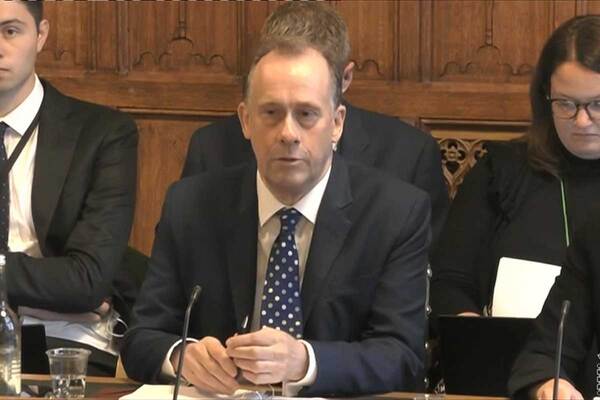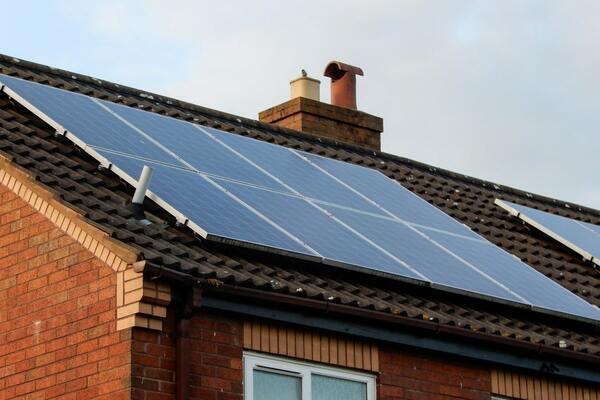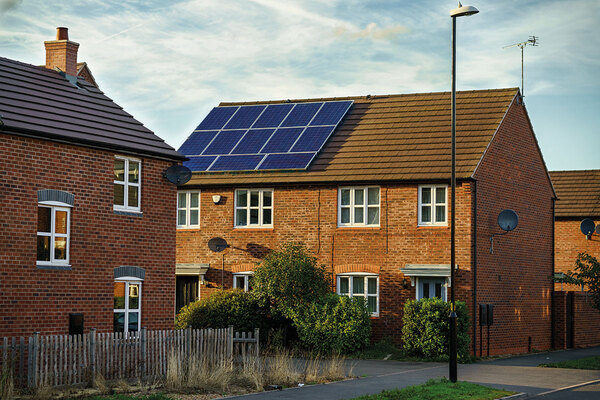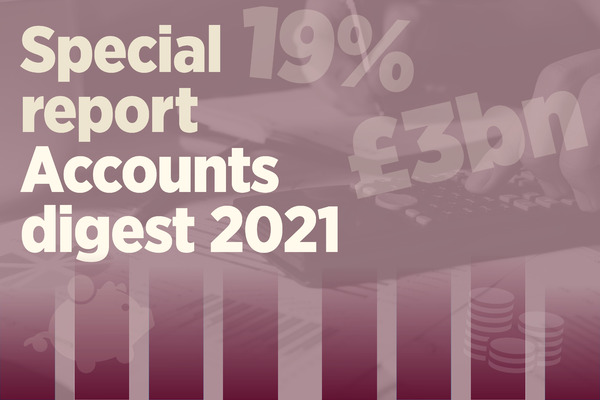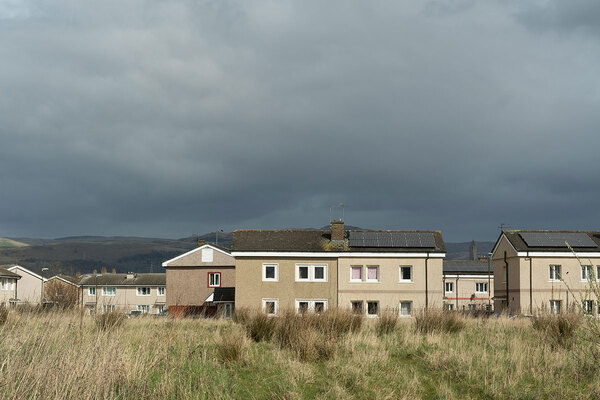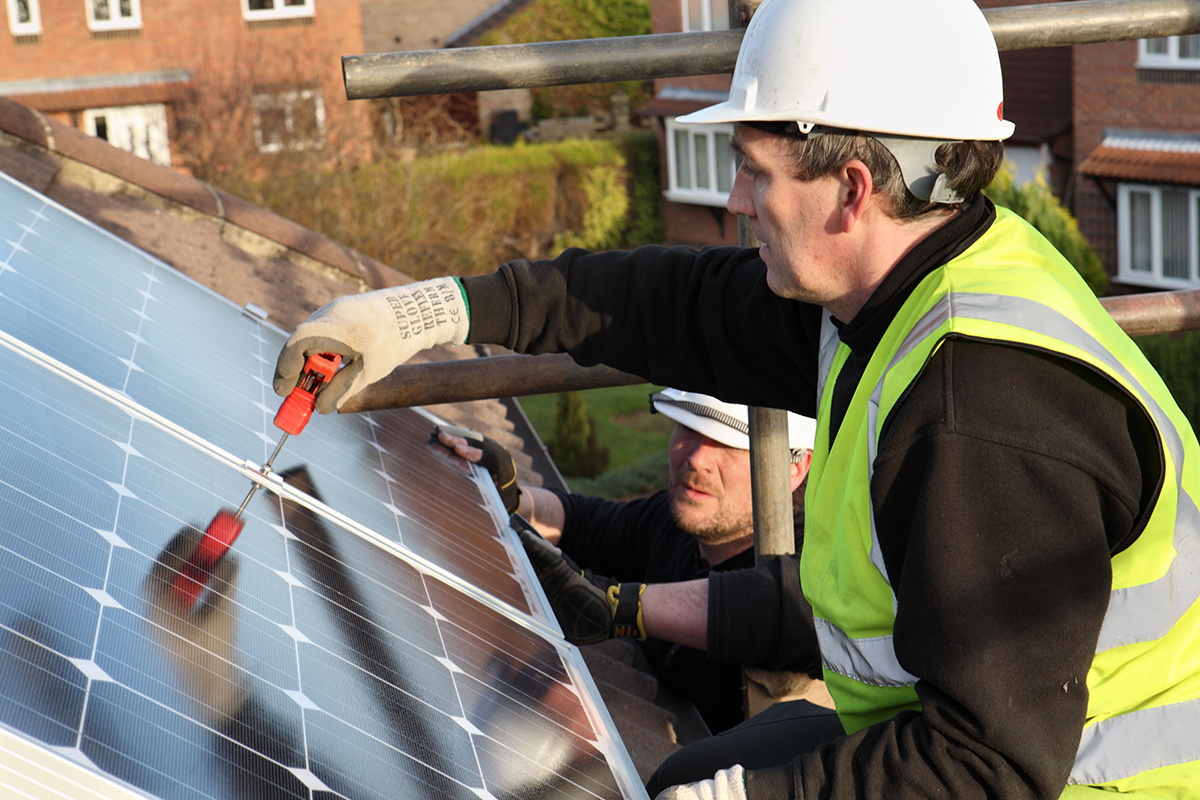New mixed funding model required as ‘borrowing alone will not fund retrofit’
A new mixed funding model is required to address the financial gulf between government decarbonisation targets and the huge costs for housing providers to deliver them, a major new report has argued.
The government should create a new retrofit-focused guarantees scheme, and target matched grant funding to support whole-house retrofit beyond the current ‘fabric-first’ approach, the publication by engineering consultancy Buro Happold and sector bond aggregator The Housing Finance Corporation (THFC) says.
Setting out to detail the financial viability hurdles obstructing the sector’s decarbonisation journey, the report, titled Retrofitting Social Housing: a Funding Roadmap, covers legislation, retrofit options and financing models.
While the rise in sustainability-labelled issuance has been heralded as part of the solution to financing retrofit, the report emphasises that “irrespective of the rate of the bond, there is not a financially viable route to retrofit through borrowing alone”.
It argues that three key elements are needed for a retrofit project to become financially viable: economies of scale, to reduce per-unit capital cost; matched grant funding, to reduce the housing association’s own cost; and guaranteed debt funding, to reduce the cost of borrowing to fund initial investment.
With these three components, the energy savings achieved by retrofitting a property could pay back the capital cost over a period of roughly 30 years, the report argues.
However, the extent to which these energy savings would be recuperated from tenants, whether through service charges or rent increases, remains in the hands of housing providers, it adds.
The recommendations come amid the context of the government’s current £3.8bn Social Housing Decarbonisation Fund (SHDF) and recent estimates from Savills and the National Housing Federation that nearly 10 times this amount – £36bn – will need to be spent for the homes of English housing associations alone to reach 2050 targets.
Elsewhere, barriers to retrofit highlighted by the UK Green Building Council in a November 2020 publication include the high capital cost, the lack of economic stimulus to create a market, and challenges around securitisation of loans against refurbishment.
THFC and Buro Happold’s report builds on these findings. Taking the medium-term energy performance target of Energy Performance Certificate (EPC) Band C, the report finds that the cost to uplift the circa 1.85 million registered provider and local authority homes in England currently at EPC Band D or lower would exceed £46bn, based on the lowest assumed capital cost per unit of £25,000. “Half of this [would require] match funding from government to allow financially viable projects,” the report says.
It contrasts this estimate with the £9bn total that would be assumed from the UK Climate Change Committee’s Sixth Carbon Budget, which allowed an average spend of £5,000 per home to reach EPC Band C.
However, the report argues that the current focus of the SHDF, as well as the legislative environment on fabric-first goals (to meet EPC Band C), “achieves limited reductions in carbon emissions and does not put the social housing sector on the right course for net zero 2050”.
It notes that while a fabric-first EPC Band C retrofit achieves a c.30 per cent drop in energy use, and around a 40 per cent drop in carbon emissions over 40 years, it still emits roughly five times more than a home retrofitted to EPC Band B.
The report models a number of financing scenarios to estimate the cash payback over the long term, including the impact of applying 50 per cent grant match funding to capital costs of retrofit paid upfront by providers.
Taking the example of a terraced house at EPC Band D, it finds that while the initial cost of the deepest retrofit (to reach EPC Band A+) would be three times higher than the fabric-first EPC Band C route, the higher option only takes eight more years to pay back – at 36 years, versus 28 years for EPC Band C.
“In the context of the roadmap to net zero carbon 2050, this shows how grant funding is necessary to make the case for deeper initial retrofit, but also, crucially, that deep retrofit can be financially justified despite the higher cost,” the report says.
The research also emphasises the impact that economies of scale could have on viability.
For a terraced house retrofitted to EPC Band A, a reduction of capital expenditure of just 20 per cent could translate the internal rate of return (IRR) of a retrofit over 40 years from loss-making to positive (2.3 per cent).
And it argues that a new ‘Social Housing Retrofit Guarantee Programme’ should be instigated to ensure housing associations can fund the cost of retrofit not covered by grant with the cheapest possible long-term debt.
THFC was the previous provider of the Affordable Homes Guarantee Scheme (2013-16), whose second iteration recently launched under new provider ARA Venn. However, the new £3bn scheme, like its predecessor, limits funding to the delivery of new homes.
The creation of such a scheme would ensure cheap borrowing can be ensured over the long term even if changes in the market mean bond rates increase, the report argues.
Piers Williamson, chief executive of THFC, told Social Housing that the introduction of a scheme could offer the incentives in the market to create economies of scale and bring forward retrofit activity currently being deferred.
He said: “The guarantee itself is a relatively risk-averse and low-cost way for government to create another incentive, because if you get it right, there won’t be a claim under a guarantee, but the benefit will accrue to this not-for-profit sector.
“If you create a fixed window to offer that in, maybe you pull forward some of that [retrofit activity] from ‘it won’t start for five years’, into ‘it might start in the next five years’.”
Referring to the report, he added: “We’re using the lens, if you like, of a financing model to shine a light on how you can create economies of scale, and how much money you can save from economies of scale”.
RELATED

